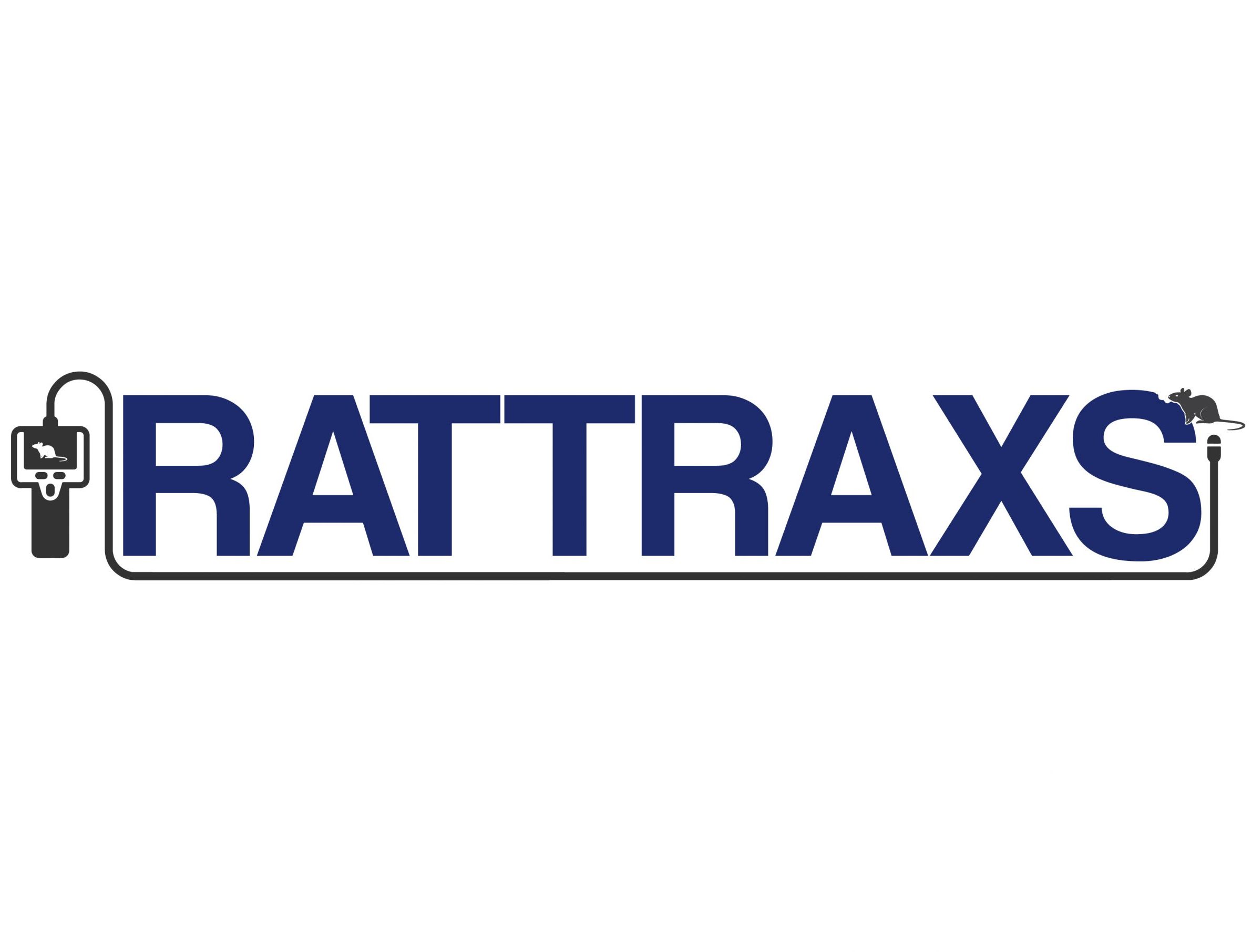
Common Rat, Sewer Rat (Rattus norvegicus)
The common rat is abundant in both rural and urban locations and will adapt to its environment, while not a fantastic climber the Norway rat will do so if needed and is commonly found in roof and loft spaces in both domestic and commercial buildings. The common rat lives largely outdoors but will find its way into properties through holes in walls, defects of buildings and through defective drainage.

The common rat lives communally and in colonies with a social structure hierarchy, they are also naturally hoarding animals and will build up a food store. This must be taken into consideration when applying rodenticide baits, because the bait has been taken doesn’t always mean it been consumed.
When applying treatments assessments must always be carried out to note the risks of hoarded baits being dropped allowing risks of consumption by none target and domestic animals.
“The Norway rat is a complex animal, diverse and must be both respected and understood if control is to be gained”. I was told this by a old boy 30 years ago, he knew his trade, its stuck with me ever since. RIP Dave D, Rat catching legend.
Understanding the Problem
The first step in rat control is understanding the problem. Rats are attracted to food, water, and shelter, so it’s important to keep your home immediate surrounding area clean and free of clutter. Look for signs of rat activity, such as droppings, runs, burrows and damage around bin areas. It is estimated that 90% of rat problems within the domestic property originate from drainage issues. In some cases a drainage survey may be required to complete our surveys.
Dangers of Rat Infestations
Rat infestations can be dangerous for several reasons. Rats can carry diseases such as leptospirosis, hantavirus, and salmonella, which can be transmitted to humans through contact with rat droppings or urine. They can also cause damage to property by chewing through wires, insulation, and wood.
Prevention
Preventing rats from entering your home in the first place is the best way to control them. Here are some tips for preventing rat infestations:
Seal Entry Points
Rats can enter your home through small cracks and holes. Seal any entry points you find, such as gaps around pipes, doors, and windows. Use steel wool or caulk to fill in any holes.

Trim Trees and Shrubs
Rats can use trees and shrubs to gain access to your home. Keep them trimmed so they can’t climb onto your roof.
Traps
Traps are an effective way to control rats if the issue is deemed a opportunist or rouge issue, however if the problem becomes a infestation then traps are not considered the best option. You must also allow for trap shyness which can slow down control or in some cases rats completely avoiding standard snap traps.
Rodenticide / Biocidal Control
The are several types of Biocidal control product available to the professional pest controller. There are many assessments carried out before safe use of poison baits are placed. Safety is paramount, non target risk, negative environmental impact are just a few observations that must be undertaken before rodenticide control is considered.
The Code of Best Practice in accordance with the CRRU legislation is adhered to at all times.
Both common rats and house mice have confirmation to certain anticoagulant resistance and this must be considered before active ingredient selection. If indeed rodenticide is to be used.
Professional Control
If you have a severe rat infestation, it’s best to call a professional controller. We have the experience and equipment needed to eradicate rats safely, effectively and permanently.
Drainage Surveys
We at Rattraxs are fully certified and hold many years of experience. We will provide not only eradication and control but also a final solution to prevent further re infestations. It is estimated that 90% of rat infestations within the domestic property originate from drainage problems.

Our expertise are not only in the field of Pest Control but we also hold extensive and up to date drainage knowledge and certification for surveying drainage systems. If it is suspected that the infestation may be originating from the drainage system then we will investigate by means of CCTV, in many cases the use of repeated rodenticides will not be required thus reducing costs and the use of harmful chemicals.
Please feel free to contact us for advise on any related issues.
